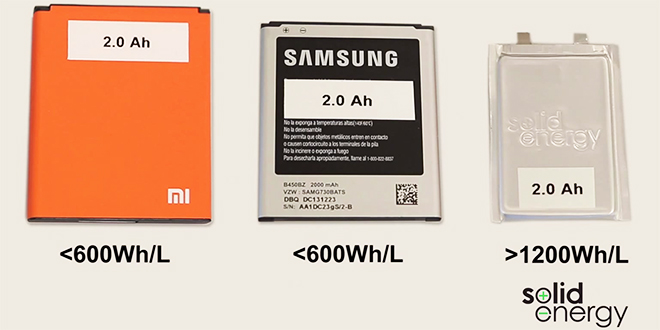Why we still do not have new generation batteries?

Literally every month for many years we hear that some company has developed a new type of battery. This kind of news usually says that a new battery will soon hit the market, and electronic devices with such batteries will be able to work for almost a year. Earlier this year, representatives from the US Department of Energy even declared that "the holy grail of the battery industry was found."
Unfortunately, nothing really changes. Lithium-ion batteries remain the same, the duration of operation of smart watches, phones, tablets and laptops also remains almost unchanged. But many startups are trying to create new generation batteries. Part achieves some results, publishes the next news. Then such a startup usually disappears somewhere. Coincidence or plot? Rather the first than the last.
Ilon Musk, for whom it is vital to create a more capacious battery, so far he is only engaged in the optimization of existing technologies for the production of lithium-ion batteries. Due to this, it is possible to increase the capacity of such batteries by a certain number of percent. But there is a limit to everything, and battery optimization as well.
')
Many researchers believe that new materials and new chemical processes should be used to produce new generation batteries. Some success was achieved by immigrants from MIT, who founded the company SolidEnergy. This is another startup that develops lithium metal batteries, the capacity of which is twice the capacity of conventional batteries of similar size. According to the company, the technology is ready for commercial use. In such batteries, a metal anode is used instead of a graphite one. The thickness of the lithium layer here is reduced by about five times. Between the metal anode and the cathode is a hybrid electrolyte, it consists of only non-combustible substances. According to the company, such batteries are not only more capacious than traditional batteries, but also safer.

True, this company has been developing batteries since 2012. Previously, she also announced the possibility of starting the commercial use of their batteries. Now the head of SolidEnergy announced that in November the company will present the first battery for drones. In 2017, it is planned to start a mass production of batteries for phones and wearable devices. Perhaps it will be so, but SolidEnergy is far from the first start-up , which tells us that new-type batteries are already entering the market.
The problem of the industry is also in the fact that now, as mentioned above, too many companies are engaged in research in the field of batteries. There are a huge number of projects - from "foam" and liquid batteries to batteries with exotic compounds in the composition of the electrolyte. And there is no clear leader among all these companies. This situation does not cause much enthusiasm among investors, who are not too willing to give money for new projects.
And it takes a lot of money. “In order to create a small industrial line for the production of batteries created by new technologies, it takes about $ 500 million,” says Gred Seder, a professor of materials science at the University of California, Berkeley. The scientist leads a group of researchers who are trying to find new chemical reactions that would be suitable for use in new batteries. And even if a promising battery were created, it is not so easy to transfer scientific work to the field of commerce. Mobile device developers or electric vehicle manufacturers will test new batteries for years before making a decision. Investments during this time will not pay off, and the development company will be unprofitable. The scientist says that it is difficult to set up an industrial line worth $ 500 million, especially if the budget for the year is $ 5 million.
And even in the case when a new technology gets on the market, a new type of battery manufacturer will have to go through a difficult period of adaptation and search for customers. But so far no one has reached this stage. For example, Leyden Energy and A123 Systems, which have developed new, quite promising technologies, have not entered the market. They just did not have enough money for this. Two more promising "energy" startups, Seeo and Sakti3, were bought by other companies. Moreover, the amounts of these two transactions were much lower than what the first investors of the companies were counting on.
The largest electronics manufacturers, Samsung, LG and Panasonic, are more interested in improving their current products and increasing the number of their functions than in getting new types of batteries. Therefore, so far, the process of optimizing Li-Ion batteries, which were created in the 70s of the last century, continues. It remains to hope that SolidEnergy will still break the vicious circle.
Source: https://habr.com/ru/post/372617/
All Articles